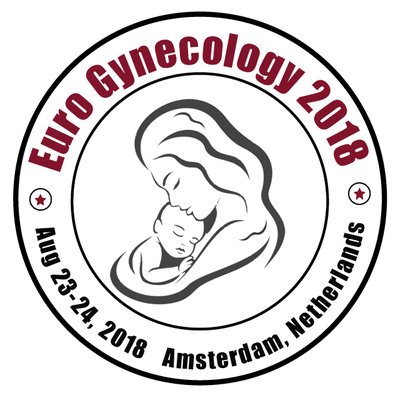Editorial, Jwhic Vol: 10 Issue: 5
Caesarean section using Robson’s ten group
Dr. Juan Medina Valdivia
Assistant Professor, Mondelli Institute of Dentistry South America, Email: rommelmv@hotmail.com
Keywords: women health
The present cross-sectional study was done over a period of one year from May 2017 to April 2018. All eligible women delivered in JIPMER, tertiary care referral center during the study period were classified as per Robson Ten-Group classification system. Caesarean delivery rates were reported. The relative and absolute contribution to caesarean section rates in each groups were calculated. Epi data was used for data 2020 at Barcelona, Spain.
Among 16,863 women delivered during the study period, the caesarean section rate was 21.4%. The three common indications for caesarean section overall were fetal distress, non-progress of labour and cephalopelvic disproportion. Group 1 (nulliparous, singleton, term cephalic, spontaneous labour) was the largest size followed by group 2 (nulliparous, singleton, term cephalic, induced labour) with 25% and 16.9% respectively. The maximum contribution of caesarean section was by group 5 (multiparous women, singleton, term cephalic, previous uterine scar) followed by group 2 with 34.9% and 18.9% respectively.
Caesarean section (CS) is a lifesaving procedure done either to save the mother or the foetus, sometimes both. Though it is a common surgical procedure there are both short term (hemorrhage, sepsis, blood transfusion, need for hysterectomy and even death) and long term risks (repeat caesarean section, placenta accreta spectrum, and uterine rupture) associated with it.
CS rate, has been increasing worldwide over the last 50 years and the rate has exceeded 30% in some regions. The global increase in CS rate is of public concern for the last 30 years. The rate of CS This will encourage the participants to join the conference. It will provide an added value to their profession. Your presence will be an added value to our conference. We are very much delighted to welcome you all.
Ye J et al conducted the first systematic review in 2014 with data from 19 developed countries. It was hypothesized that increasing CS rate decreased the maternal and neonatal mortality rate up to a point after which no change in the mortality rates occurred even after increasing the CS rate.The analysis showed that there was no change in the maternal mortality when CS rate exceeded 15% and no change in neonatal or infant mortality rate when the rate exceeded 10% after adjusting for the socioeconomic factors. Thus, it was concluded that having a CS rate higher than 10-15% to improve perinatal outcome was not medically justified.
 Spanish
Spanish  Chinese
Chinese  Russian
Russian  German
German  French
French  Japanese
Japanese  Portuguese
Portuguese  Hindi
Hindi 



